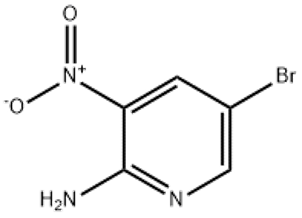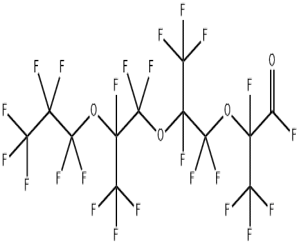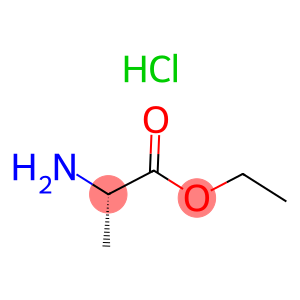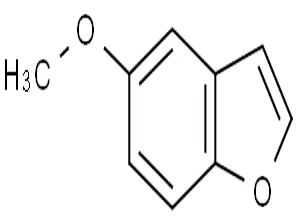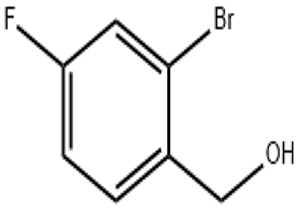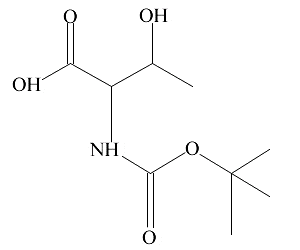2-Amino-5-bromo-3-nitropyridine(CAS# 6945-68-2)
| Risk Codes | R36/37/38 – Irritating to eyes, respiratory system and skin. R20/21/22 – Harmful by inhalation, in contact with skin and if swallowed. |
| Safety Description | S26 – In case of contact with eyes, rinse immediately with plenty of water and seek medical advice. S37/39 – Wear suitable gloves and eye/face protection S36/37/39 – Wear suitable protective clothing, gloves and eye/face protection. S22 – Do not breathe dust. |
| WGK Germany | 3 |
| HS Code | 29333999 |
| Hazard Class | IRRITANT |
Introduction
It is an organic compound. It has a chemical formula of C5H3BrN4O2 and a molecular weight of 213.01g/mol. The following is a description of the properties, uses, preparation and safety information of the compound:
Nature:
-Appearance: It is a yellow to orange crystal or powder;
-Melting point: about 117-120 degrees Celsius;
-Solubility: It is slightly soluble in water and soluble in some organic solvents such as alcohols, esters and ketones.
Use:
-Drug synthesis: It is usually used as an intermediate in organic synthesis and can be used to synthesize various drugs, dyes, pesticides and other compounds.
Preparation Method:
There are many preparation methods, and the following is one of them:
1. First, 3-bromo-5-nitropyridine is reacted with ammonia to obtain 3-nitro-5-aminopyridine.
2. The resulting 3-nitro-5-aminopyridine is then reacted with bromoalkane or acetyl to obtain the final product.
Safety Information:
It is generally relatively safe when used and stored correctly. However, the following precautions should be taken:
-Wear appropriate protective equipment such as gloves, glasses and lab coats;
-Avoid contact with skin, mouth and eyes. If there is contact, rinse immediately with plenty of water;
-Use and store the compound in a well-ventilated place to avoid inhaling gas or dust;
-Do not store or use the compound with combustible substances;
-Carefully read and follow relevant safety handling and waste disposal regulations before use or disposal.
Please note that the information provided above is for reference only, and the specific situation needs to be further understood and confirmed according to actual needs.


